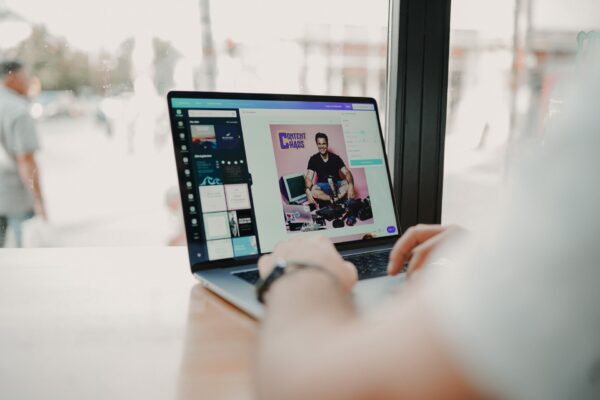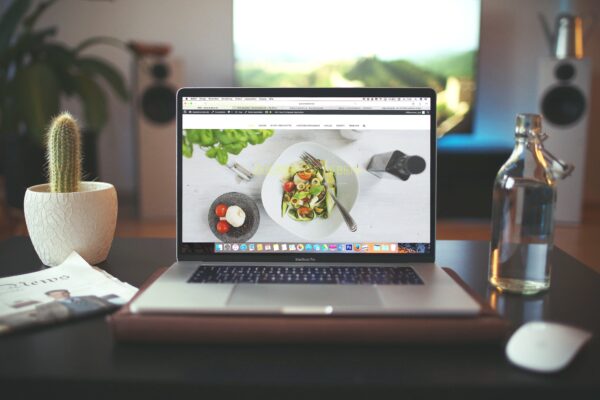
Understanding the B2B Marketing Funnel
According to Kurve,“ B2B buyers engage with 3-7 pieces of content before talking to a sales rep, and 11% said they consume over 7 pieces

According to Kurve,“ B2B buyers engage with 3-7 pieces of content before talking to a sales rep, and 11% said they consume over 7 pieces

If you’re diving into B2B marketing, you know it’s not always straightforward. We know that email is an essential marketing tool, but here’s the thing:

In the fast-paced digital marketing realm, where trends are ever-evolving and consumer preferences are constantly changing, something that remains constant is the value of a

Marketing strategies are ever-changing, and staying up to date with trends and changes is one of the best ways to stay relevant to your audience.

When you’re considering buying a new pair of shoes, do you consider the merchant’s sales pitch about the quality of materials used in producing the

In the digital world, your landing page serves as the digital doorstep to your business. It’s the first impression you make on potential customers, and
©2023 Modern Foundation, LLC. All rights reserved.
Review Our Privacy Policy